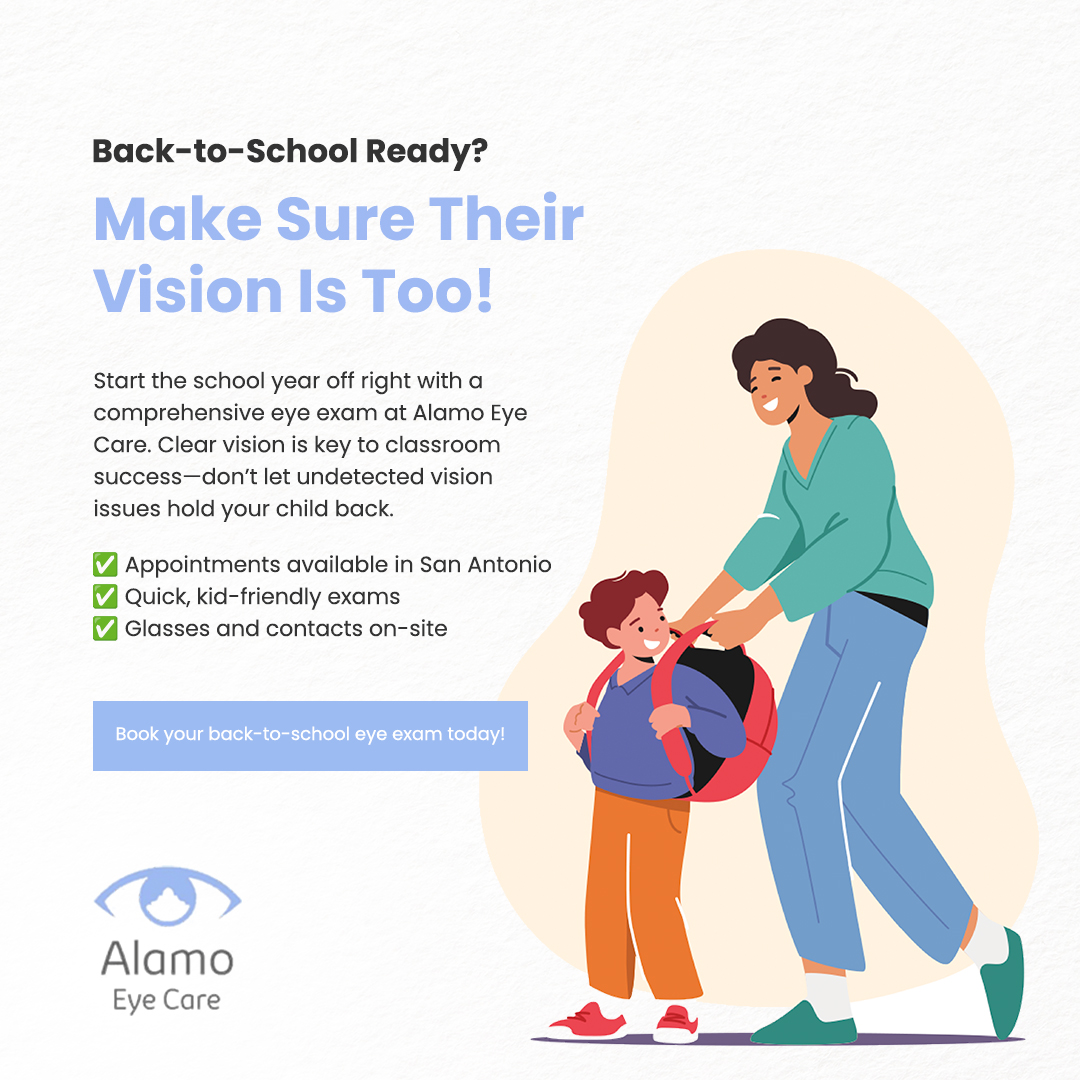
Diabetic retinopathy is the most frequent cause of new cases of blindness among adults aged 20–74 years. During the first two decades of disease, nearly all patients with type 1 diabetes and >60% of patients with type 2 diabetes have retinopathy.
Diabetic retinopathy is best diagnosed with a comprehensive dilated eye exam. For this exam, drops placed in your eyes widen (dilate) your pupils to allow your doctor to better view your eyes. The drops may cause your close vision to blur until they wear off, several hours later.
During the exam, your eye doctor will look for:
Abnormal blood vessels
Swelling, blood, or fatty deposits in the retina
Growth of new blood vessels and scar tissue
Bleeding in the clear, jelly-like substance that fills the center of the eye (vitreous)
Retinal detachment
Abnormalities in your optic nerve
With your eyes dilated, your doctor takes pictures of the inside of your eyes. Your doctor can use the images to pinpoint blood vessels that are closed, broken down, or leaking fluid.
Optical coherence tomography
Your eye doctor may request an optical coherence tomography (OCT) exam. This imaging test provides cross-sectional images of the retina that show the thickness of the retina, which will help determine whether fluid has leaked into retinal tissue. Later, OCT exams can be used to monitor how the treatment is working.
If you have any questions about our services, please contact us today at (210) 403-9050






